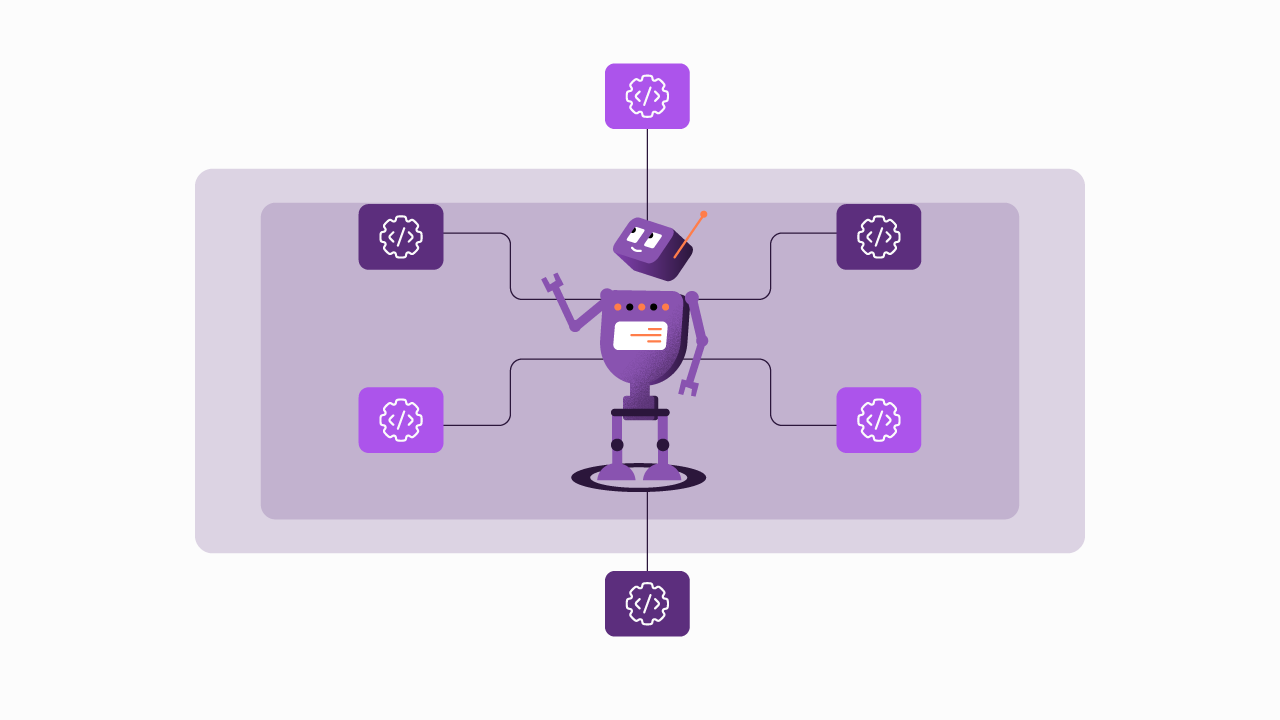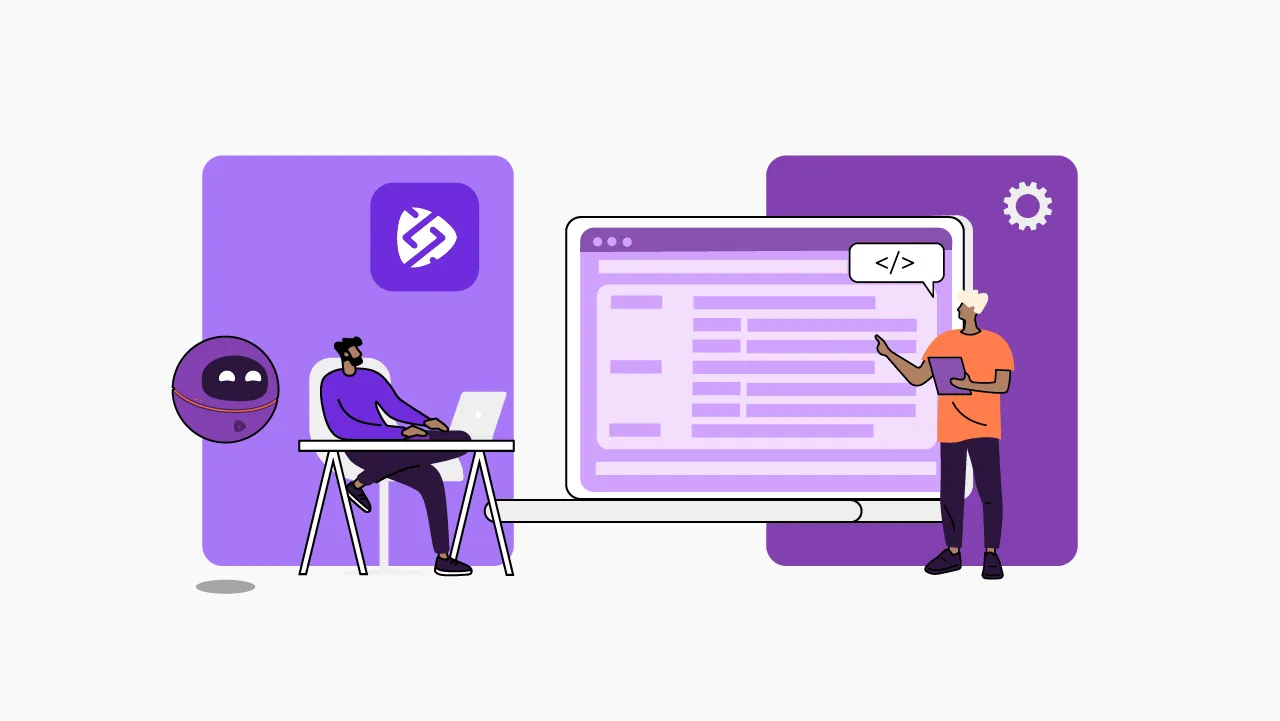API Best Practices: Methods and More
In the dynamic field of software development, Application Programming Interfaces (APIs) are crucial. They act as bridges facilitating smooth communication between various systems.
At its essence, an API sets rules and protocols to enable data exchange and functionalities. This fundamental concept is crucial for promoting integration and interoperability, serving as the foundation for agile architecture. With Sensedia, developers can rely on advanced solutions for robust and efficient API management.
While APIs connect applications, the actual effectiveness of this connection depends on the design and use of API methods, influencing the efficiency of API lifecycle management tools. Successful APIs are like gears that work together to make data retrieval efficient, streamline processes, and improve the system's overall performance.
Developers use these basic units to get, change, and handle data, making them more productive and ensuring applications are dependable and can grow effectively.

Key Concepts of HTTP Request Methods
Today, our focus is on HTTP request methods. While this might be straightforward for those familiar with APIs, individuals less versed in the topic (yet eager to learn) might have some questions. Operations adhere to HTTP protocol standards for call processing and specify the intended action for each API method.
In the realm of APIs, HTTP request methods serve as the essential tools that dictate how applications interact with each other. These methods, namely GET, POST, PUT, and DELETE, define distinct operations in the communication process. Understanding each method's purpose and application is crucial for developers to craft effective and efficient interactions between software systems.
Let's explore the unique characteristics and use cases of these HTTP request methods for APIs to gain a comprehensive understanding of their functionalities and roles in the broader context of agile software development.
Types of HTTP Request Methods for APIs (GET, POST, PUT, DELETE):
- GET: Primarily used for retrieving data from a specified resource, such as fetching information from a database or server.
- POST: Utilized for creating new data on a server, often through user submissions, making it fundamental for processes like form submissions.
- PUT: Designed for updating existing data on a server, allowing for modifications or revisions to be made to a specific resource.
- DELETE: Used to remove data from a server, providing a mechanism to delete a specified resource.
Demonstrations for Each Request Method
GET: Retrieving Data
Examples and Use Cases:
- Retrieve user information from a database.
- Fetch the latest news articles from a content server.
API Best Practices:
- Use GET for safe and idempotent operations.
- Include necessary parameters in the request for precise data retrieval.
POST: Creating Data
Examples and Use Cases:
- Submitting a new user registration form.
- Creating a new post on a social media platform.
API Best Practices:
- Use POST for non-idempotent operations.
- Include proper authentication and authorization for data creation.
PUT: Updating Data
Examples and Use Cases:
- Modifying user profile information.
- Updating product details in an e-commerce system.
API Best Practices:
- Use PUT for idempotent operations.
- Provide clear documentation for the expected data format in the request payload.
DELETE: Removing Data
Examples and Use Cases:
- Deleting a user account.
- Removing a file from a cloud storage system.
API Best Practices:
- Use DELETE cautiously and implement proper authentication.
- Return appropriate status codes to indicate the success or failure of the deletion.
Importance of Monitoring HTTP Request Methods
Real-time Metrics: Real-time API monitoring provides insights into the performance and health of request methods, allowing for quick identification and resolution of issues.
Logging and Analytics: Logging and analytics enable the tracking of API usage patterns, error rates, and response times, aiding in optimizing performance and enhancing digital experiences.
Tools for Monitoring APIs: Utilize specialized tools such as Prometheus, Grafana, or commercial API management platforms to effectively monitor, analyze, and ensure the reliability of HTTP request methods in real-time.
In the age of agile software development, having an effective API strategy ensures that HTTP request methods are not just for communication; they are the key to unlocking the full potential of an integration platform. When experimenting with API design and implementation, remember the vital balance between precision and adaptability.
Always adopt API best practices, encourage teamwork, and prioritize excellence. Efficient request methods empower applications and promote smooth integrations in digital channels. As we wrap up this article, keep in mind that mastering API best practices with the support of API lifecycle management tools is an ongoing journey, offering innovation, efficiency, and a forward-thinking approach to business.
Begin your API journey with Sensedia
Hop on our kombi bus and let us guide you on an exciting journey to unleash the full power of APIs and modern integrations.
Related content
Check out the content produced by our team.
Embrace an architecture that is agile, scalable, and integrated
Accelerate the delivery of your digital initiatives through less complex and more efficient APIs, microservices, and Integrations that drive your business forward.





.svg)




.png)

